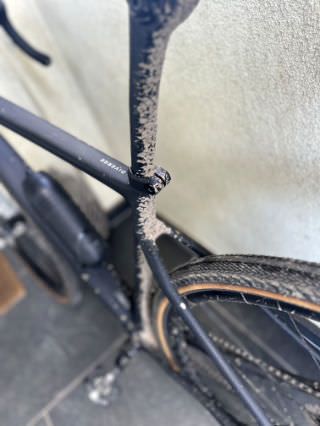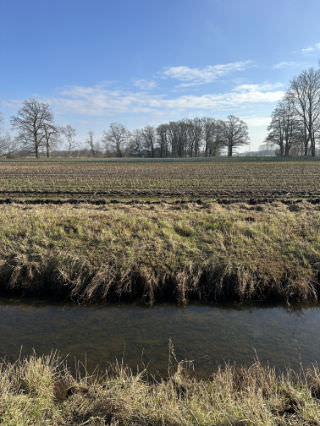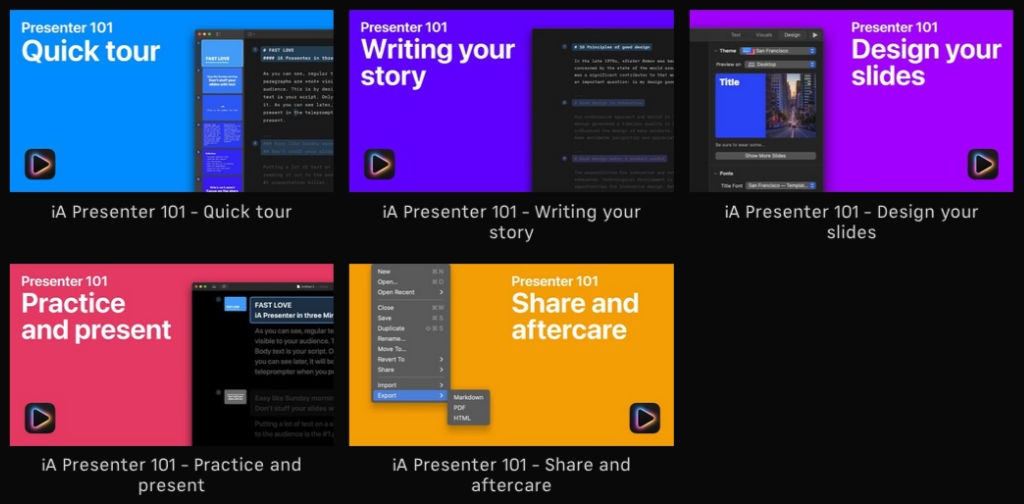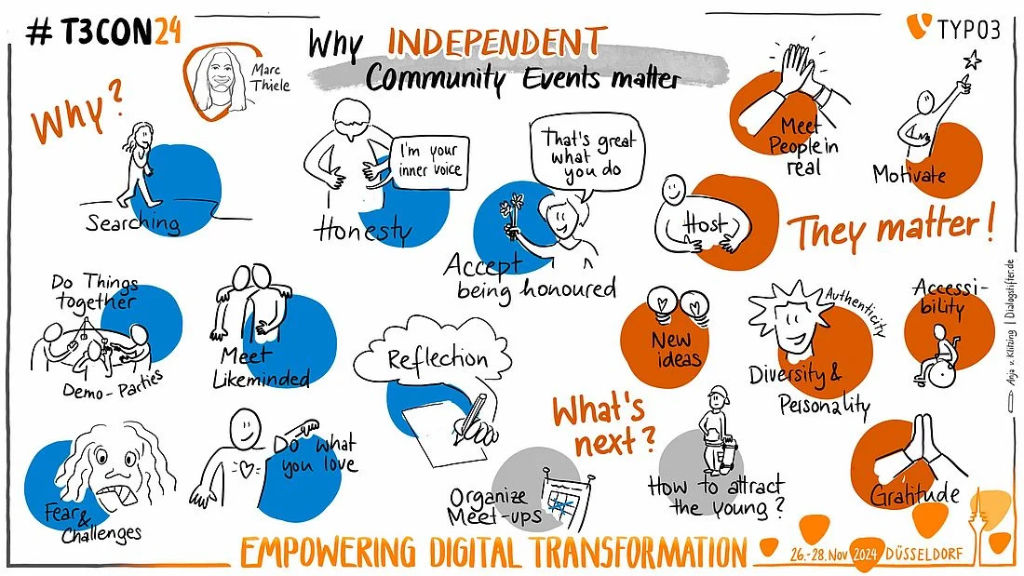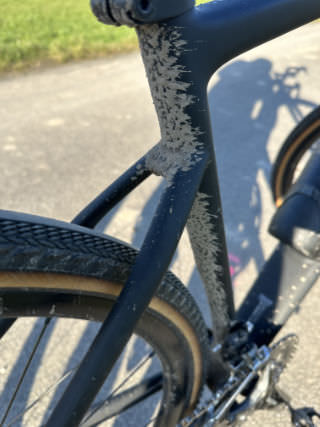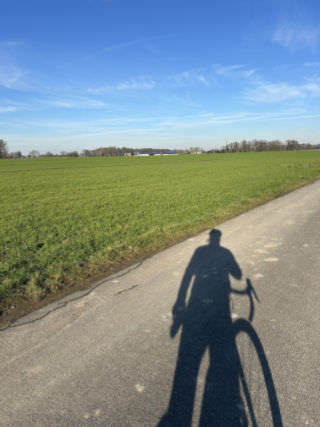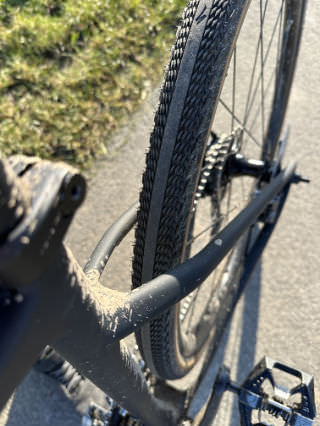(German version of this article available here)
Just over a year ago, after more than 20 years, I decided to change my previous business bank. The reason was that the bank I was with seemed outdated and offered few good online services. Everything seemed outdated and was also quite expensive.
So I did some research and read up on several banks and N26 seemed to offer me what I wanted. Various portals gave the bank a decent and good rating. However, N26 did not come off well on review portals. I kept reading about poor to no support and “account freezes”. For this reason, I kept my old account until the end of 2024, just in case I also had a bad experience.
I wish I had listened to the bad reviews and kept my old account for longer.
How it all Started
It all started when I received a message from N26 with the following content.
To avoid restrictions, please submit the following documents by February 1, 2025 by clicking on the Reply button below. February 1, 2025 is the last possible day on which you can send us the requested documents.
Proof of address, such as:
- your registration certificate or
- a gas, water or electricity bill issued within the last 90 days
Proof of income, such as:
- your employment contract or
- pay slips or
- statement of assets and income (e.g. rental income, cash gifts)
etc.
Proof of your residence in Germany, such as: E.g.:
- Visa documents
- Proof of studies
- Proof of refugee status
- Proof of family reunification
Evidence of the origin of the funds, such as:
- Contracts (e.g. purchase and sale agreements)
- Information about the sale of assets or capital gains
- Information about inheritances or other sources of income
- etc.
Please also provide us with a rough estimate of your expected transaction volume per year (i.e. expected incoming and outgoing transfer amounts) for your N26 account - including the countries you expect to send these transactions to or receive them from.
We always ensure that your personal information is treated strictly confidentially and is only used for regulatory processes.
I could understand the first point and sent the current electricity bill.
The second point, not really. Employment contract? Pay slip? I have a “Business Metal” account, ”The premium business account with 0.5% cashback for the self-employed and freelancers.”. There are therefore no employment contracts. So I sent my 2022 tax assessment on this point.
By the third point I was already out. Visa documents? Proof of study? Refugee status? Family reunification? Excuse me?
And on the fourth point I didn’t really know what they wanted from me either. “Origin of funds”? I issue invoices and receive my money. A look at my account would certainly have helped. Everything was unremarkable.
No Answer and Blocked Incoming Payments
I received no answer to my questions and the sending of the above documents. Well, not directly at least. I was sent the same questions again. No answer to my questions.
Instead, six days ago (as of February 10th) my incoming payments to the account were blocked. The statement, again without answering my questions, says: “You cannot currently receive any incoming transfers, such as salary payments.”
No Contact Option Whatsoever
Although I have a “Business Metal” account where I pay for “Preferred Consent Service”, I have no way of reaching anyone who can help me.
It says...
Preferred Customer Service
If you have any questions or problems, we will be happy to help you. No matter whether you just have a quick question about your premium business account, want a function explained in more detail or urgently need technical support: Call the Metal phone number or contact us via the chat support in your N26 app - we are happy to help you.
What about “preferred customer service”. Yes, you can use the chat support. First via a bot, later via a human. But they can't help, just like the telephone support on the “Metal phone number”. Because nobody has access to anything. They can perhaps explain to you how the app works or how to find a function, etc. But they don't provide customer support there. Especially not if you have problems.
I then gave a negative review on Trustpilot, because nothing is more frustrating than not being able to reach anyone. Not privately and certainly not as a business customer who has to work with such an account every day.
They responded to the review promptly and ”[…]to write a private message on Facebook, Instagram or Twitter (X)[…]” and they would be ”[…]available there at any time.” That’s true in the sense that I could write there and they responded there, similar to chat or when I called. But they couldn’t help me there either:
Please excuse our delayed response. Due to data protection guidelines, we have no access to our customers’ accounts and data via “X”
So why tell me to contact them there?
In the end, it is and remains a mystery to me how you can offer a business customer service where no one is really available who can actually help. Apart from the actual problem, which I still don’t understand, that is actually the bigger problem and also the one that is currently making me look for a new bank only after a year.
It remains to be seen when and if someone will contact me and whether I will ever find out why exactly my money has been frozen. Today is February 10, 2025 and I will report how things develop.


